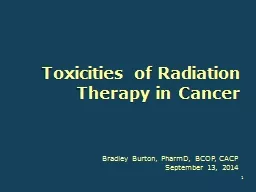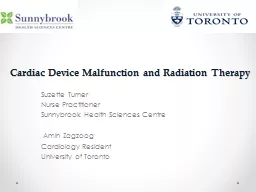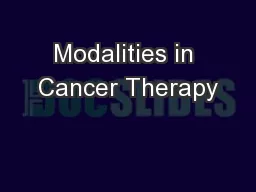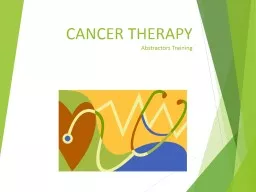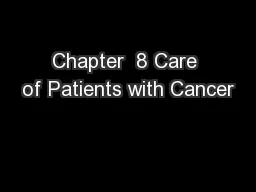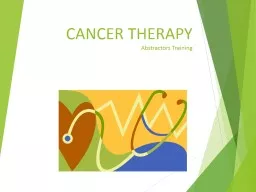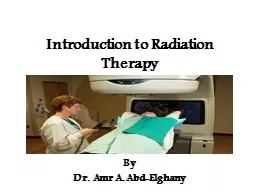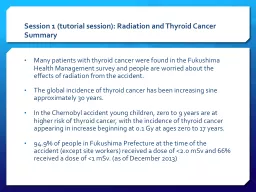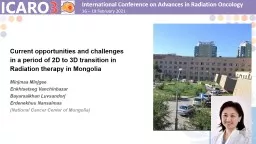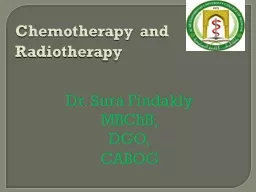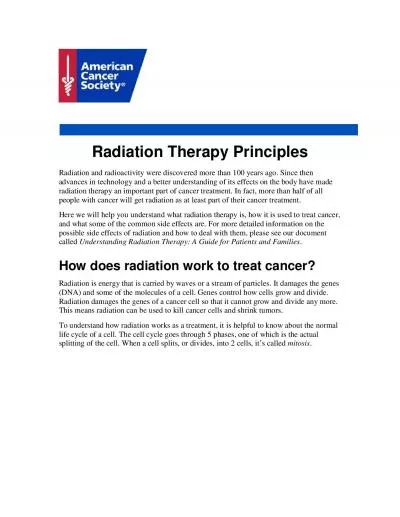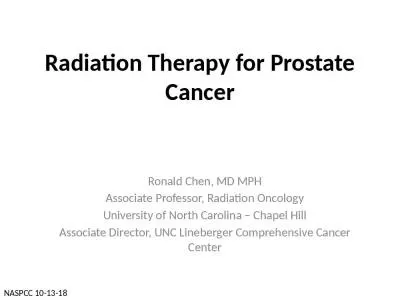PPT-Toxicities of Radiation Therapy in Cancer
Author : natalia-silvester | Published Date : 2016-11-24
Bradley Burton PharmD BCOP CACP September 13 2014 1 Disclosure No personal or financial disclosures to report This continuing education activity contains discussion
Presentation Embed Code
Download Presentation
Download Presentation The PPT/PDF document "Toxicities of Radiation Therapy in Cance..." is the property of its rightful owner. Permission is granted to download and print the materials on this website for personal, non-commercial use only, and to display it on your personal computer provided you do not modify the materials and that you retain all copyright notices contained in the materials. By downloading content from our website, you accept the terms of this agreement.
Toxicities of Radiation Therapy in Cancer: Transcript
Download Rules Of Document
"Toxicities of Radiation Therapy in Cancer"The content belongs to its owner. You may download and print it for personal use, without modification, and keep all copyright notices. By downloading, you agree to these terms.
Related Documents

